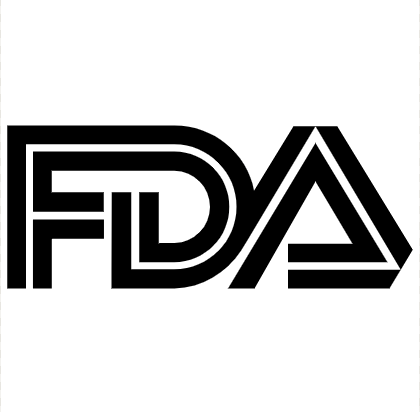Article
FDA Approves Fosdenopterin for Molybdenum Cofactor Deficiency Type A
Author(s):
The indication was granted on the basis of data showing an 84% survival rate among a young pediatric population that face fatal disease severity.

The US Food and Drug Administration (FDA) has approved injection fosdenopterin (Nulibry) as the first drug indicated for Molybdenum Cofactor Deficiency Type A, a rare genetic metabolic disorder.
The condition, which often presents in the first few days of life, causes intractable seizures, brain injury, and death in affected patients. Affected patients, who mostly die from infections in early childhood, were previously solely treated with supportive care and therapies targeting complications driven by the rare disease.
Molybdenum Cofactor Deficiency Type A is characterized by an inability to produce cyclic pyranopterin monophosphate (cPMP).
The intravenous medication from Nulibry to Origin Biosciences, Inc., replaces missing cPMP in treated patients. Its efficacy was demonstrated in 13 patients administered fosdenopterin, versus 19 matched, untreated patients. The therapy was associated with a survival rate of 84% at 3 years, versus 55% among untreated patients.
Common adverse events among treated patients included intravenous line complications, fever, respiratory infections, vomiting, gastroenteritis, and diarrhea. Because phototoxicity was observed in previously tested animal models, the FDA advised that patients treated with fosdenopterin avoid sunlight exposure and apply sunscreen, and wear protective clothing and sunglasses when exposed to the sun.
The New Drug Application (NDA) was previously granted Priority Review, Breakthrough Therapy, and Orphan Drug Designations.
Hytlon V. Joffe, MD, MMSc, director of the FDA’s Office of Rare disease, Pediatrics, Urologic and Reproductive Medicine, acknowledged the significance of the indication in an accompanying statement.
“Today’s action marks the first FDA approval for a therapy to treat this devastating disease,” Joffe said. “The FDA remains committed to facilitating the development and approval of safe and effective therapies for patients affected by rare diseases—an area of critical need.”





